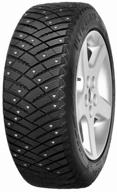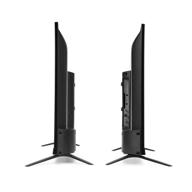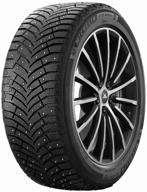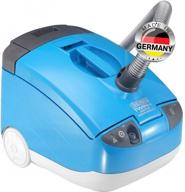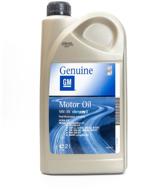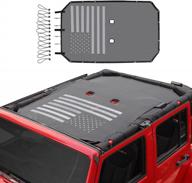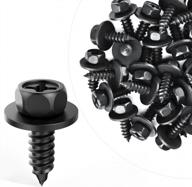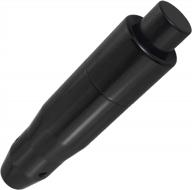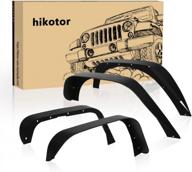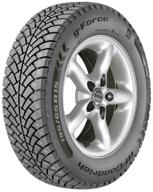
Tires Bfgoodrich g-Force Stud spike 215/60/R16 99Q Review
19
·
Very good

Media
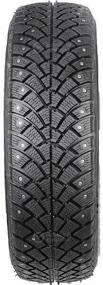
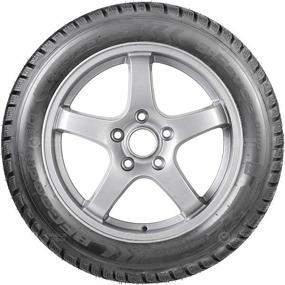
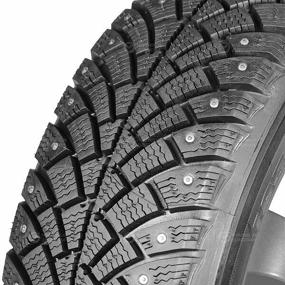

Photos by authors
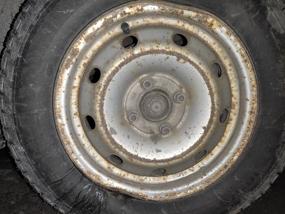
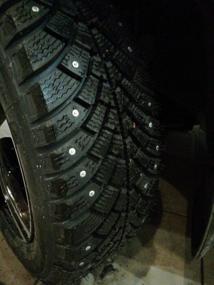
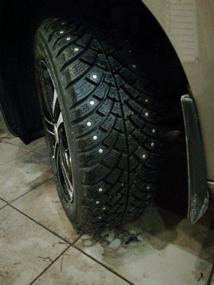
Description of Tires Bfgoodrich g-Force Stud spike 215/60/R16 99Q
- Even with all the anticipation, the clearance of the goods was lightning fast. The prices are more reasonable than those at other stores.
- No
- Produced in the year 2022, although Michelin is responsible for this manufacture, which is already of high quality for the price. One of the rubbers with the best combination of price and quality on the market.
- Only time will tell.
- - Low noise (quieter than the Nokia Nordman 5), - Gentle sound -Excellent "rowing" - Good braking performance on ice and muck
- The braking performance on dry pavement is adequate. Attempts to swim during unexpected shifts; this behavior is not significant because it is easy to rectify.
- The price tag, after 2 winters, all the spikes are in place with a cursory examination of all 4 wheels, there are no complaints at all in terms of driving performance. They behave as expected on bare pavement + 5 + 10, on snow, on porridge, and outside the city on highways and on bare ground.
- you can write down the noise as a flaw, but any spike makes noise and kills the asphalt.
- They have great braking thanks to the ABS. In the winter of 2022, they rowed exceedingly successfully, and each of you observed for themselves what was happening on the roads and how much snow there was. I used this piece of rubber that was just below my knee to climb out of the snowdrifts. balance on two cylinders out of four loads more than 30 grams, although at the tire shop they claimed that this is the typical for studding. balancing on two cylinders out of four loads more than 30 grams.
- Noisy on bare pavement
- Not noisy, and comfortable (or soft) accommodations. Runs wonderfully in heavy snow. Capable of confidently navigating around snow parapets and ruts when passing another vehicle. Good brakes. It is resistant to wear.
- The rate of acceleration after beginning motion on ice is not particularly impressive, but this aspect is not essential.
- Winter tires, spikes. All.
- There is no possibility of managing it. The most concerning aspect is the unpredictability of the lateral drift. On ice, on snow that has been packed down tightly, or in a rut, nothing is good. Does not maintain control of the road. When passing, a sense of "2022 Avos" is maintained throughout the maneuver. In oatmeal, if you add just a little bit more, you can make it healthier. It rows normally even in the yard when there is a significant amount of snow on the ground, but this is true of any rubber that has a winter sipe. It brakes normally, the deceleration is pretty pleasant and predictable on all winter road alternatives, it is "sched" into the memory of your brain, and you are aware of the various braking performance possibilities. On the other hand, lateral demolition is a thing. It holds-holds for a particular amount of time during a smooth arc or turn, and then all of a sudden it breaks into demolition all at once. The side slip is so simple, almost as if it were a summer move all of a sudden. My breeches always have that "pull" to them, which gives the impression that they did not skimp on the rubber and ensures that I am aware of their possibilities at all times. Most significantly, I can feel them. Their destruction is always completely foreseeable; you are aware of exactly when it will take place, and you have complete control over it. After then, there was a sudden deterioration into uncontrolled demolition. Like "poznyak guys, here I p. " Extremely unhappy with it. Tires are not meant to be used on trails. For more rural areas, where speeds between 40 and 60 miles per hour are sufficient; nevertheless, for good movement on longer routes, NO!
- Handling on ice and snow, controlled braking
- Rumble at a speed of 30-60 km / h, slippage at the start.
- Acoustic comfort, economy, wear resistance, snow and slush flotation, favorable price, handling on asphalt and packed snow
- Longitudinal grip on ice, in ice ruts








